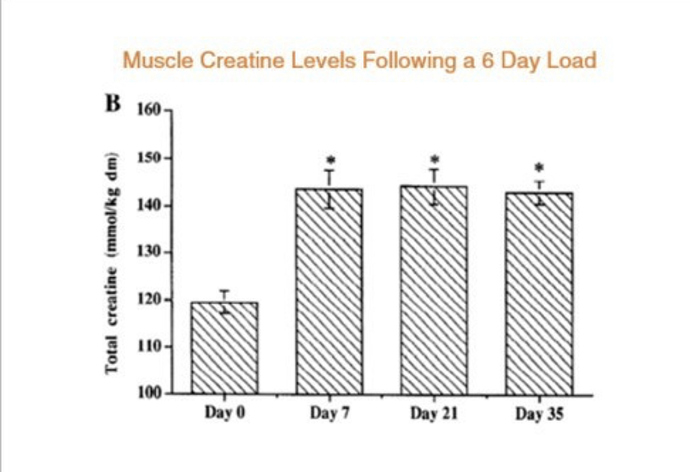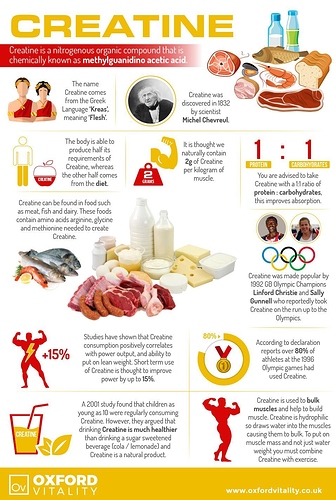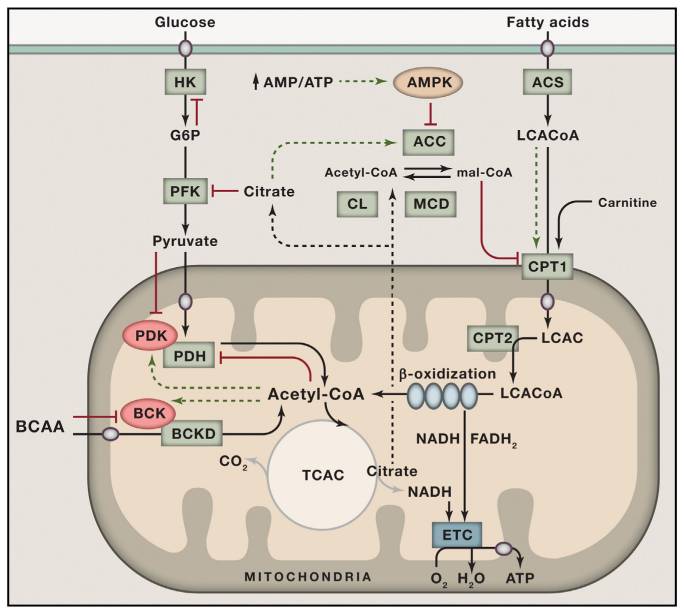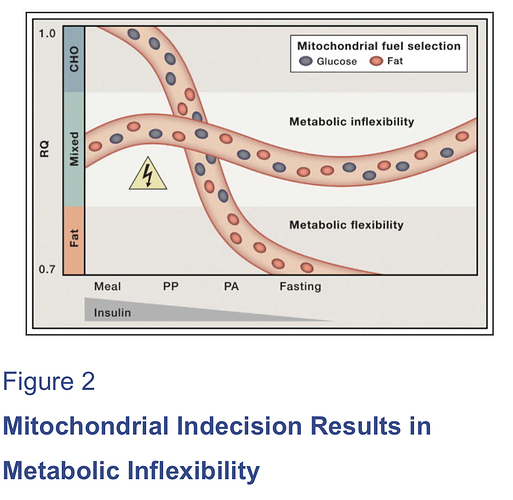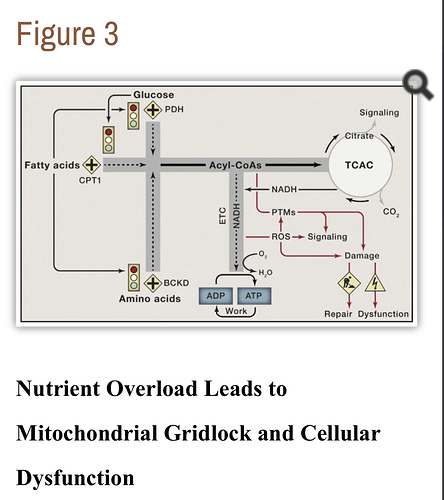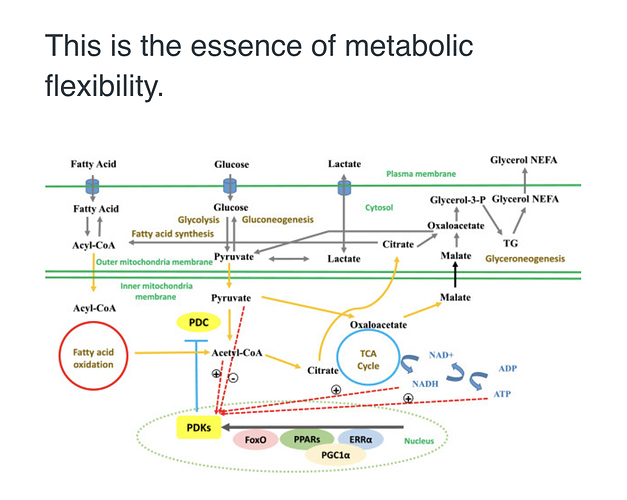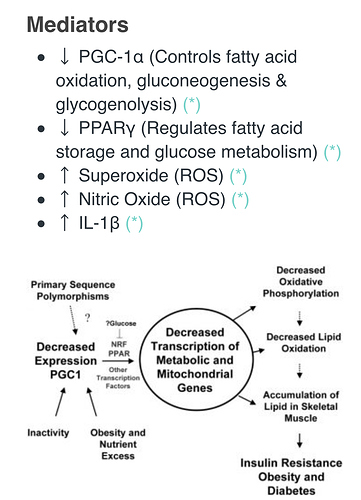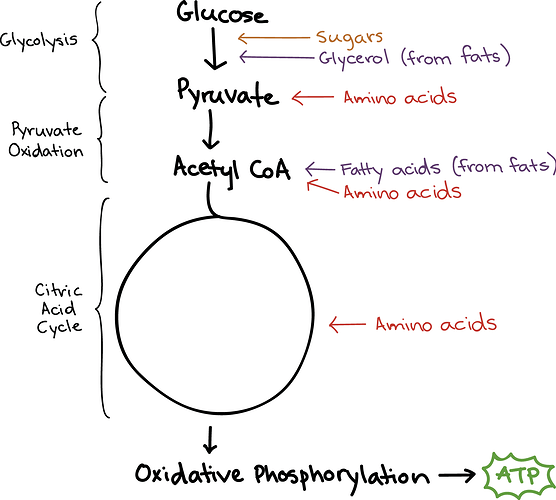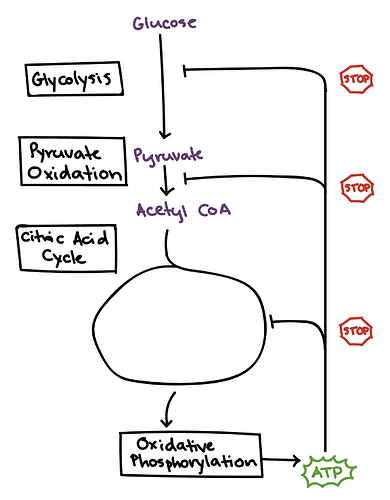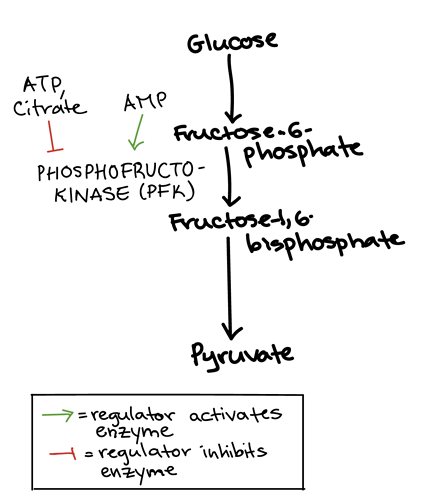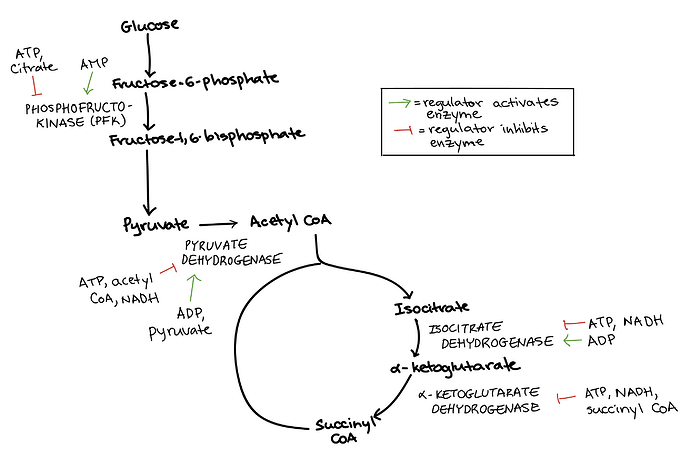I like this study because it seems to confirm my personal experience with aerobic exercise. Running is not required. Walking gets meaningful results.
https://onlinelibrary.wiley.com/doi/abs/10.1002/nur.4770130403
Greater weight loss from running than walking during a 6.2-yr prospective follow-up.
This study aimed to test whether equivalent changes in moderate (walking) and vigorous exercise (running) produce equivalent weight loss under free-living, nonexperimental conditions.Regression analyses of changes (Δ) in body mass index (BMI) versus exercise energy expenditure (ΔMET-hours per day, 1 MET = 3.5 mL O2·kg·min) from survey questionnaires completed at baseline and 6.2 yr thereafter in 15,237 walkers and 32,216 runners were used in this study.At baseline, walkers spent less energy walking than runners spent running (mean ± SD; males = 2.22 ± 1.65 vs 5.31 ± 3.12 MET·h·d, females = 2.15 ± 1.63 vs 4.76 ± 3.03 MET·h·d), and walkers were significantly heavier than runners (males = 26.63 ± 4.04 vs 24.09 ± 2.58 kg·m, females = 25.44 ± 5.14 vs 21.61 ± 2.49 kg·m). During follow-up, energy expenditure declined less for walking in walkers than for running in runners (males = -0.19 ± 1.92 vs -1.27 ± 2.87 MET·h·d, females = -0.30 ± 1.93 vs -1.28 ± 2.85 MET·h·d). ΔBMI was inversely related to both ΔMET-hours per day run and ΔMET-hours per day walked, but more strongly to ΔMET-hours per day run than walked in men and in heavier women. Specifically, the regression coefficient for ΔBMI versus ΔMET-hours per day was significantly more negative for running than walking in men in the first quartile (differences in slope ± SE: -0.06 ± 0.03, P = 0.01), second quartile (-0.10 ± 0.03, P = 0.001), third quartile (-0.17 ± 0.03, P < 10), and fourth quartile of BMI (-0.14 ± 0.03, P < 10) and in the fourth BMI quartile of women (-0.32 ± 0.04 kg·m per MET-hours per day, P < 10). This represented 90% greater weight loss per MET-hours per day run than walked in the fourth BMI quartile for both sexes. Age-related weight gain was attenuated by running in both sexes (P < 10) and by walking in women (P = 0.005).Although ΔBMI was significantly associated with both ΔMET-hours per day run and walked, the ΔBMI was significantly greater for Δrunning than Δwalking.

 Knees are usually mentioned regarding that.)
Knees are usually mentioned regarding that.)
